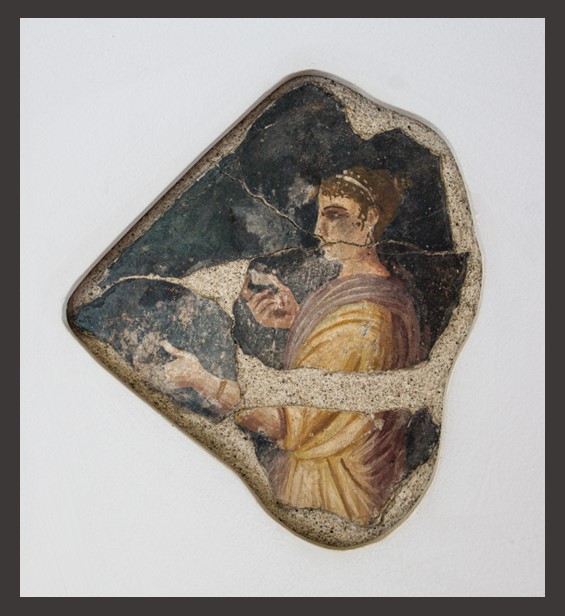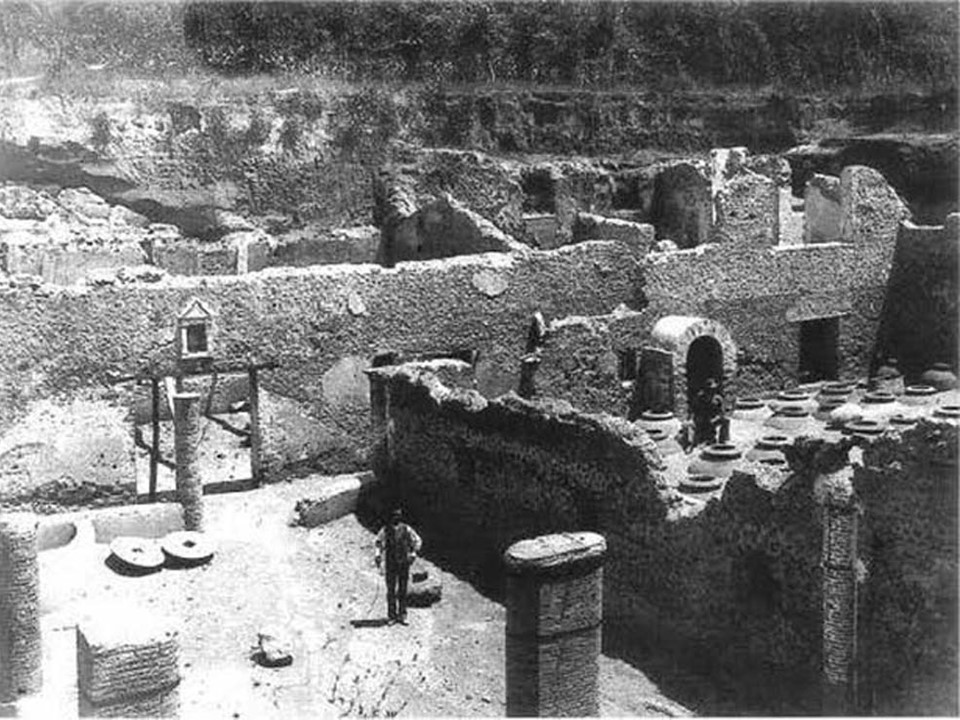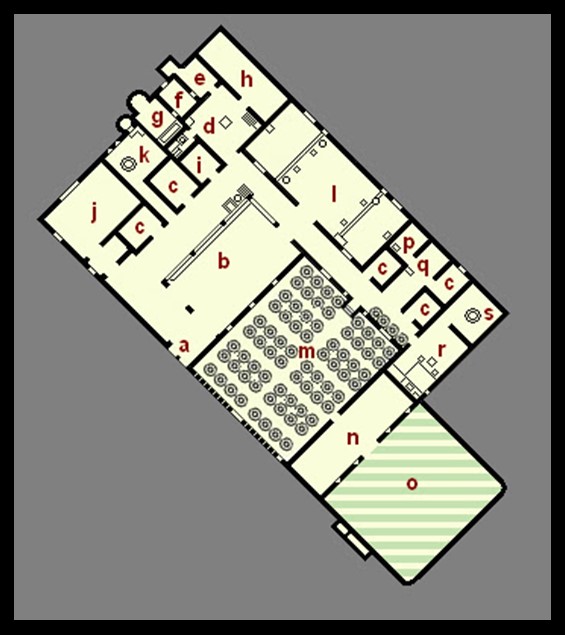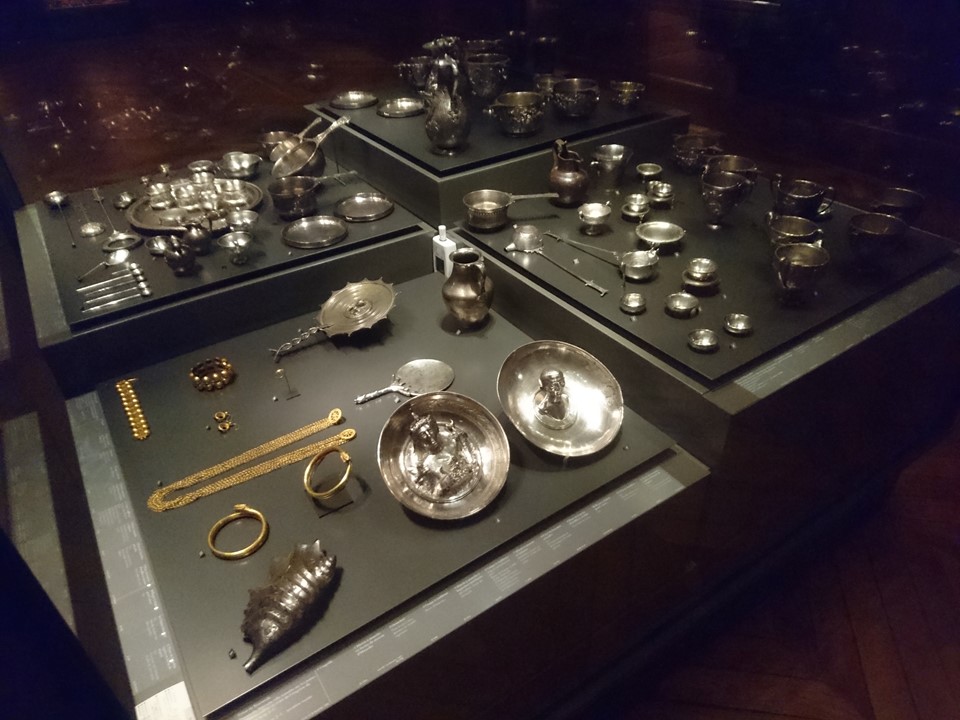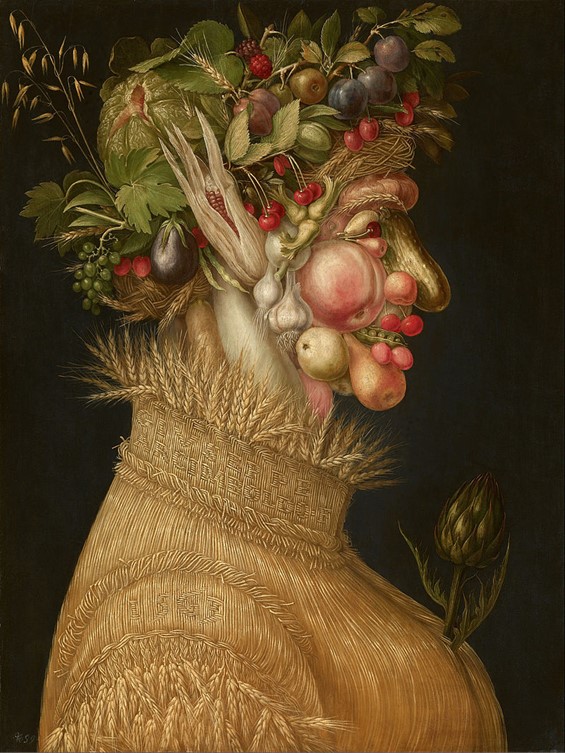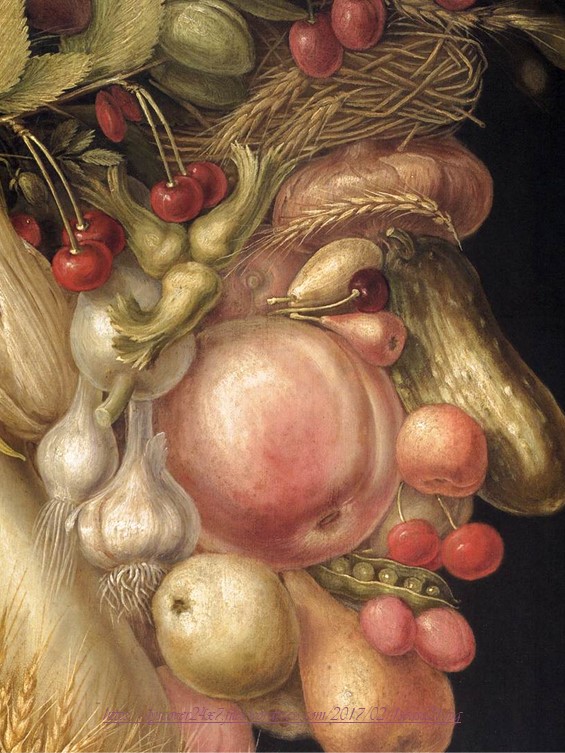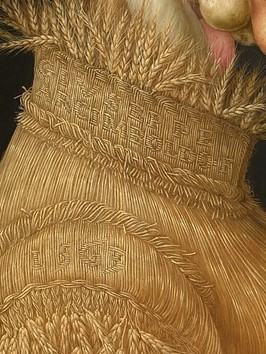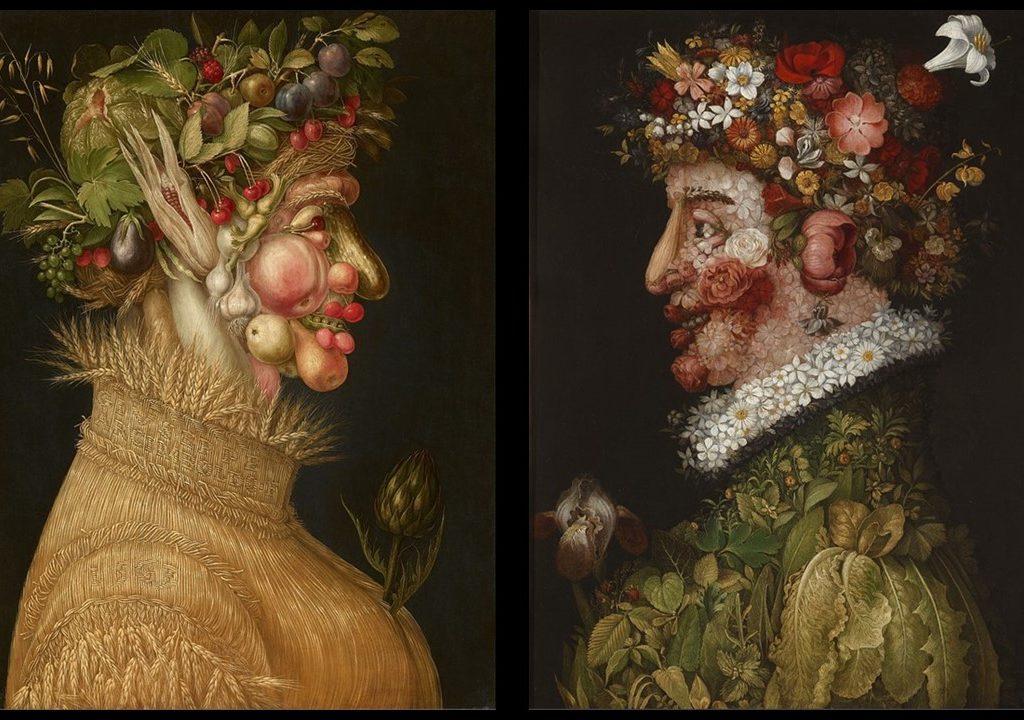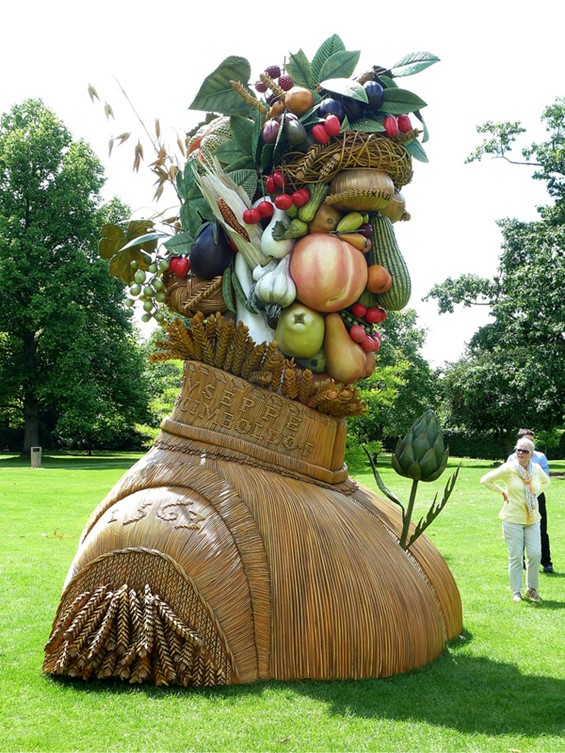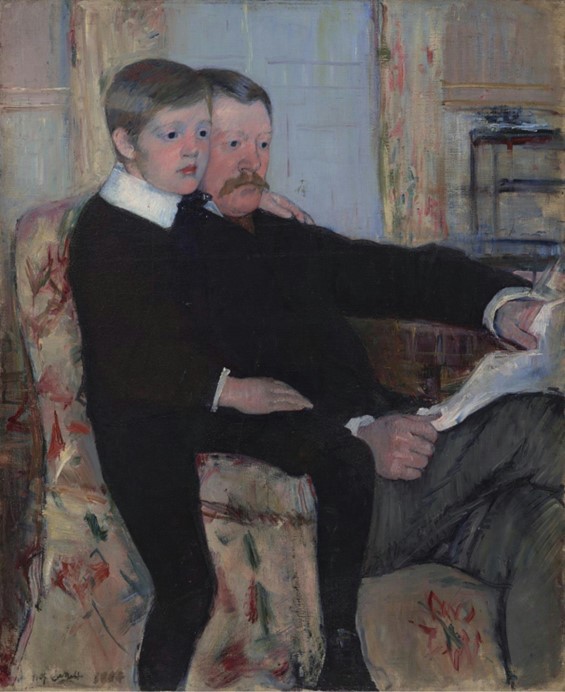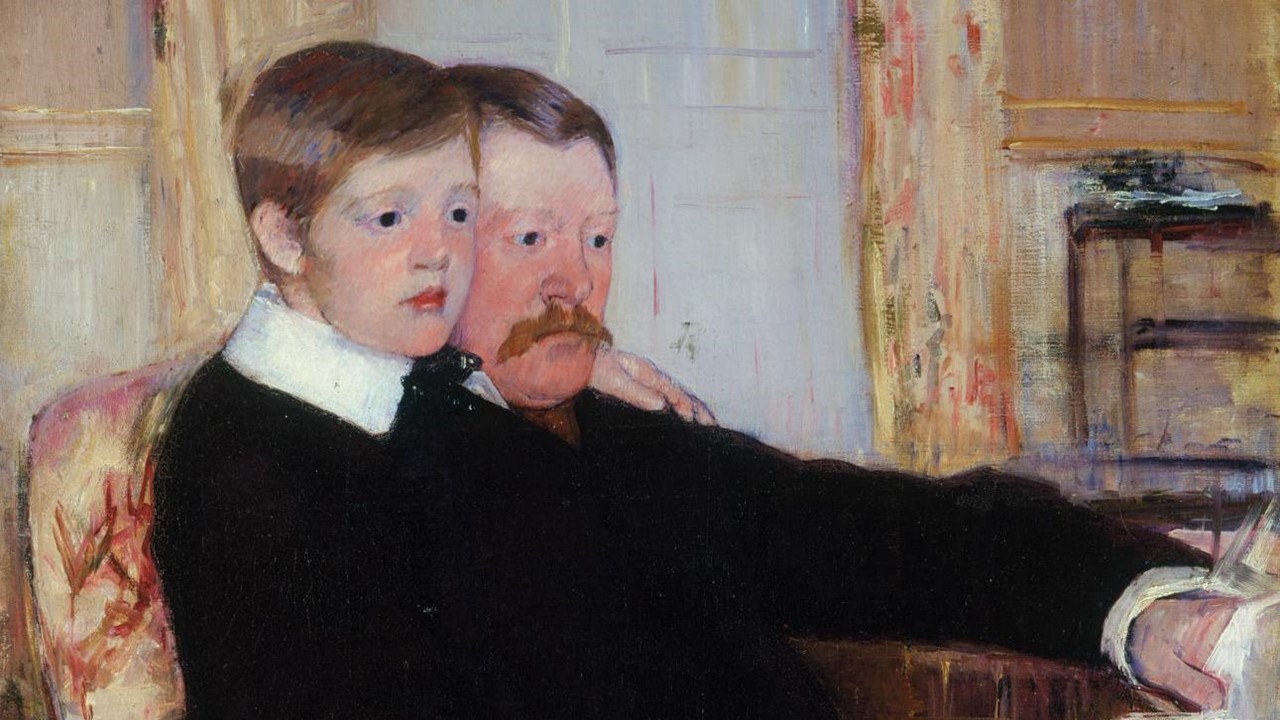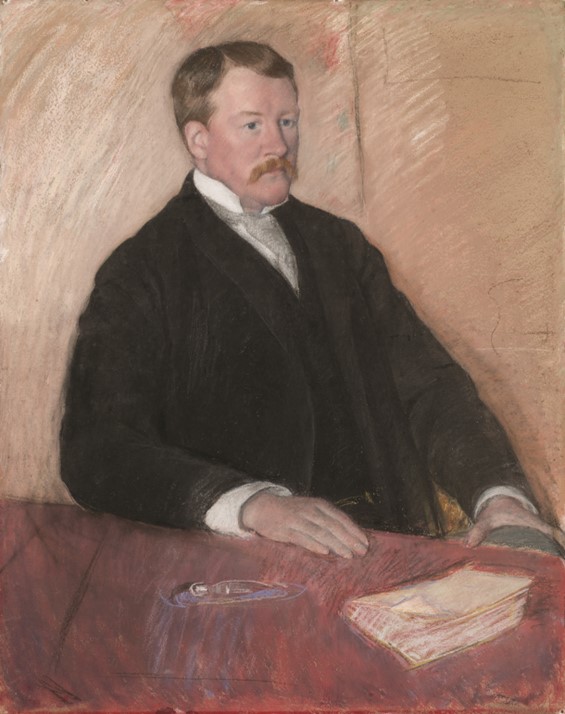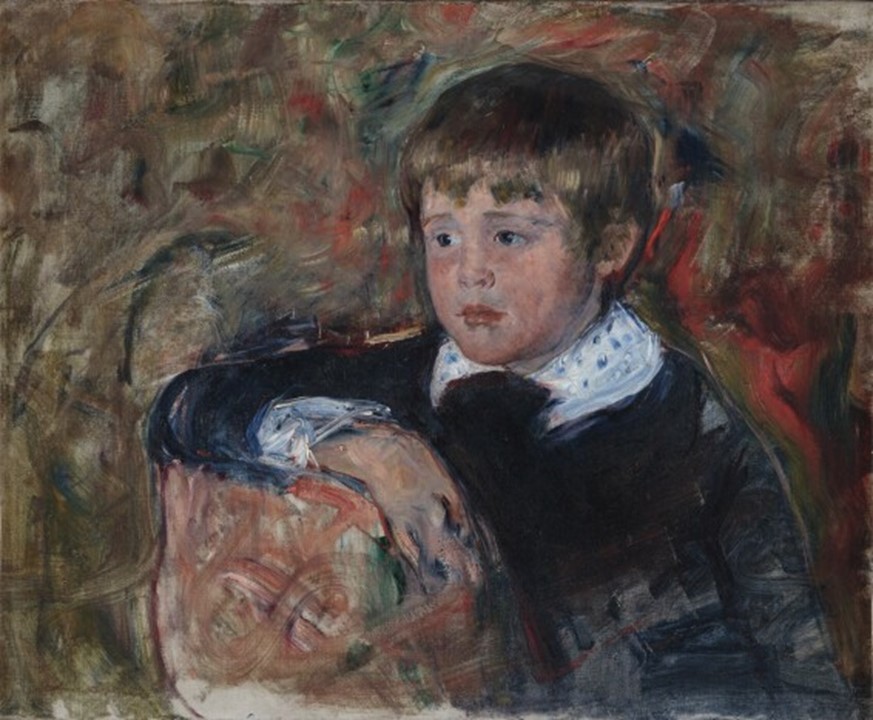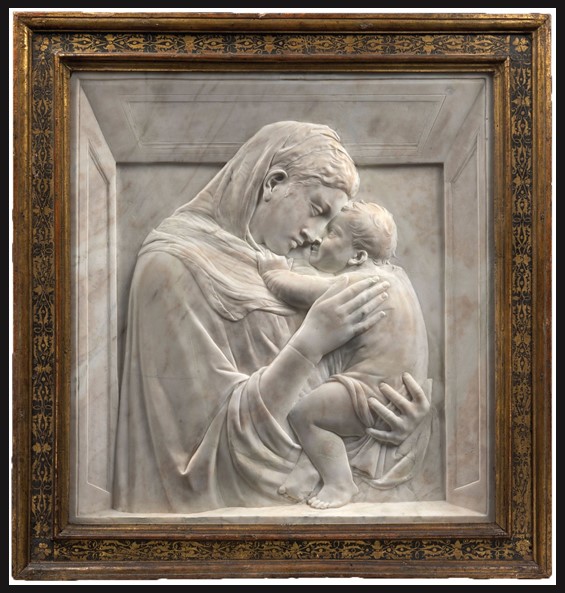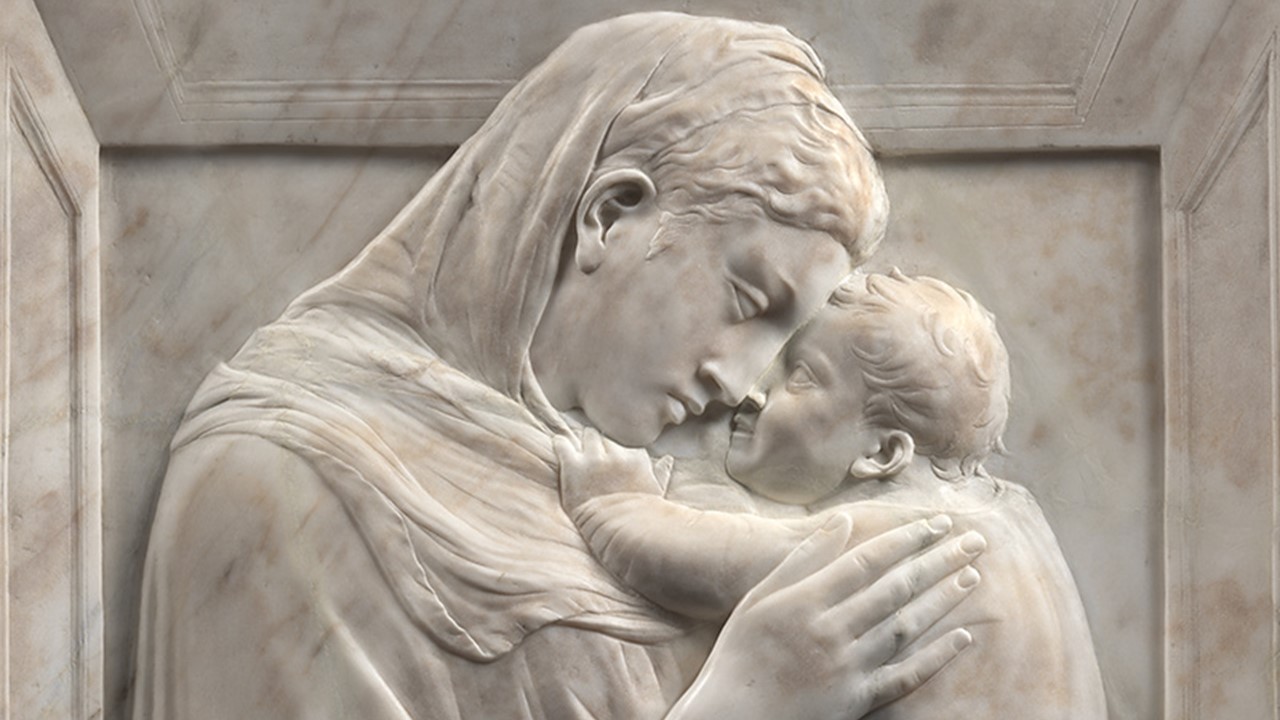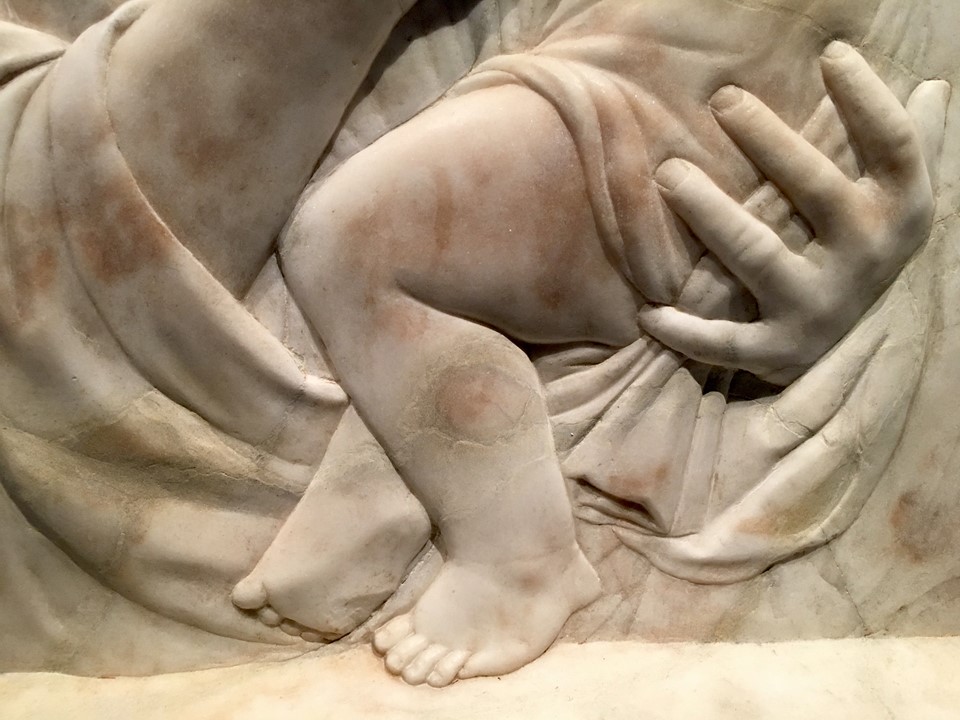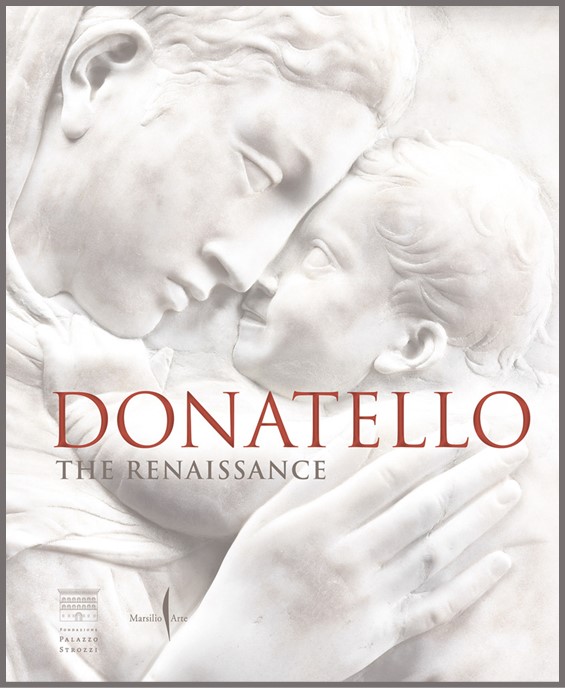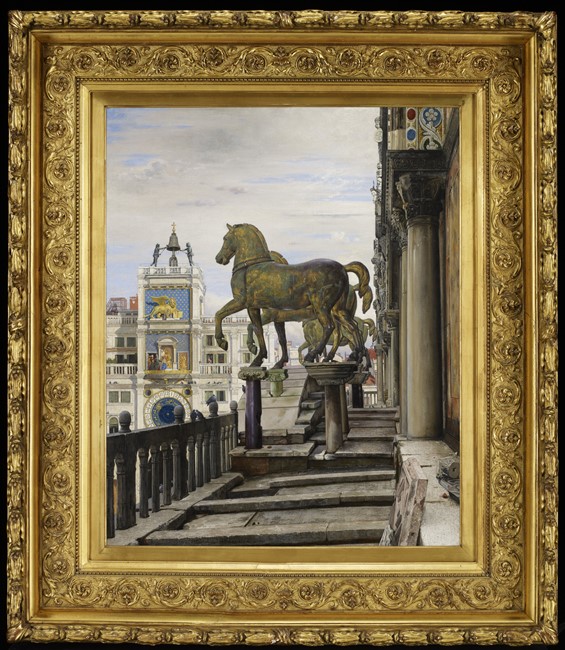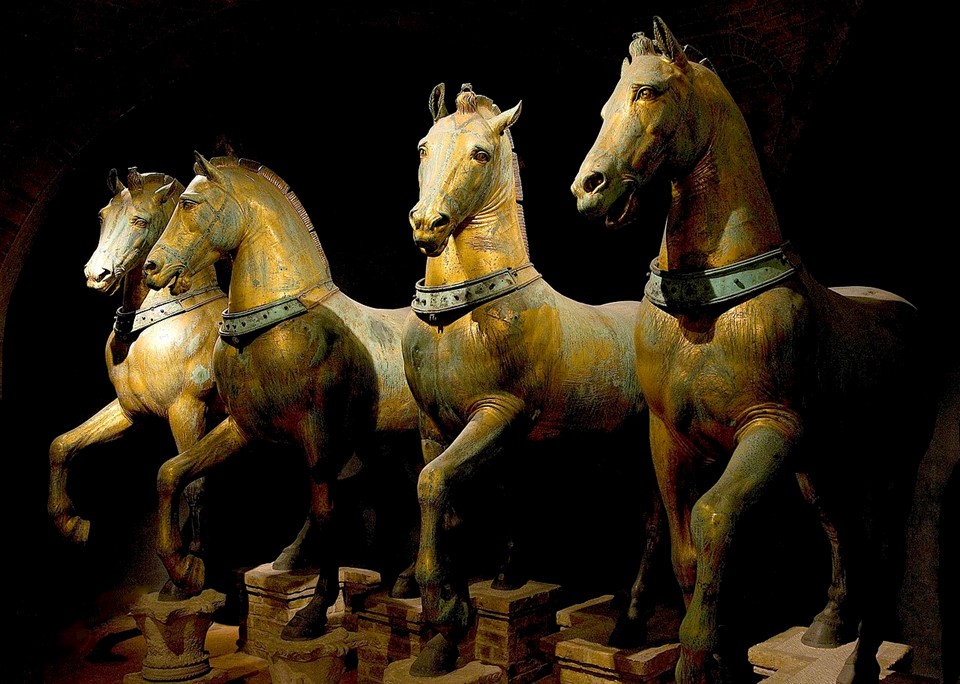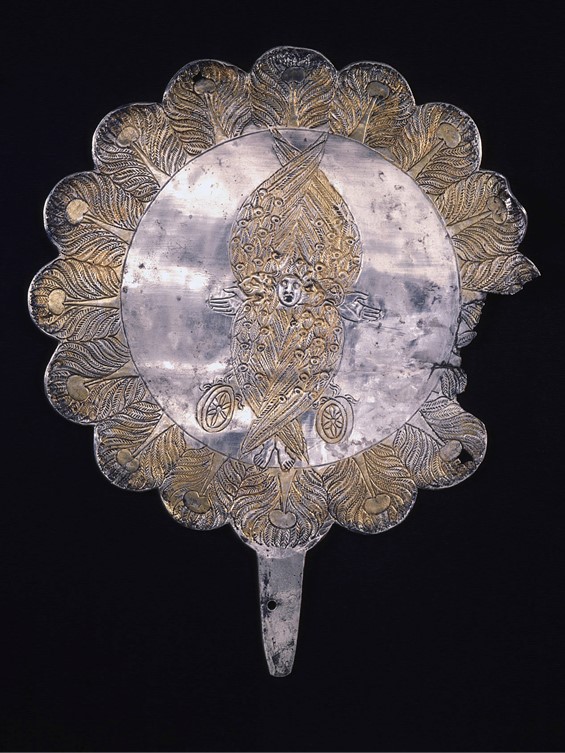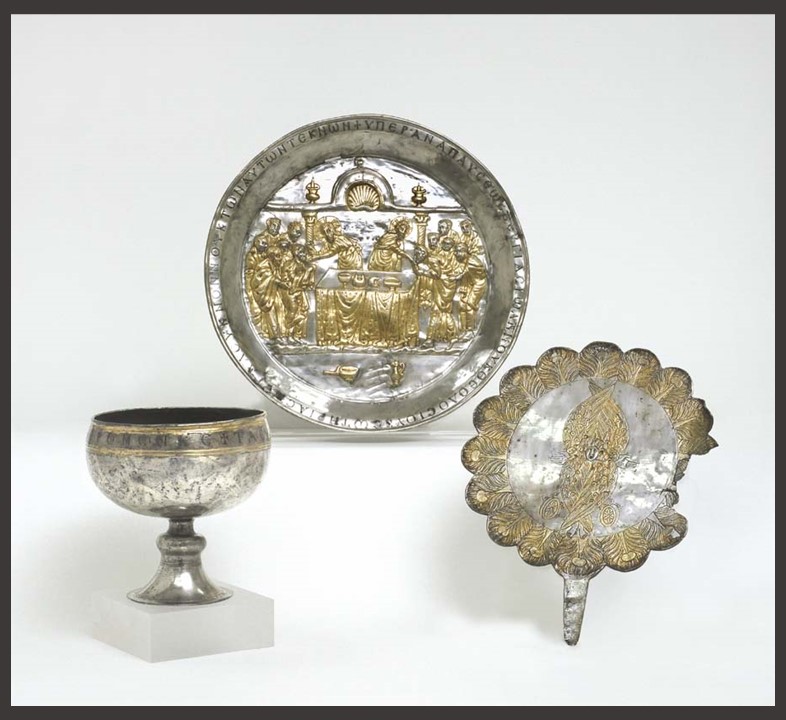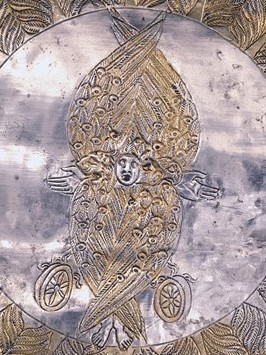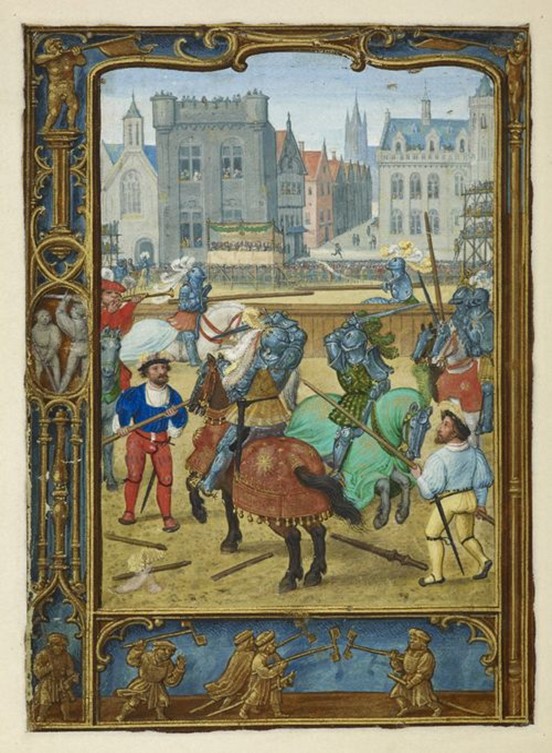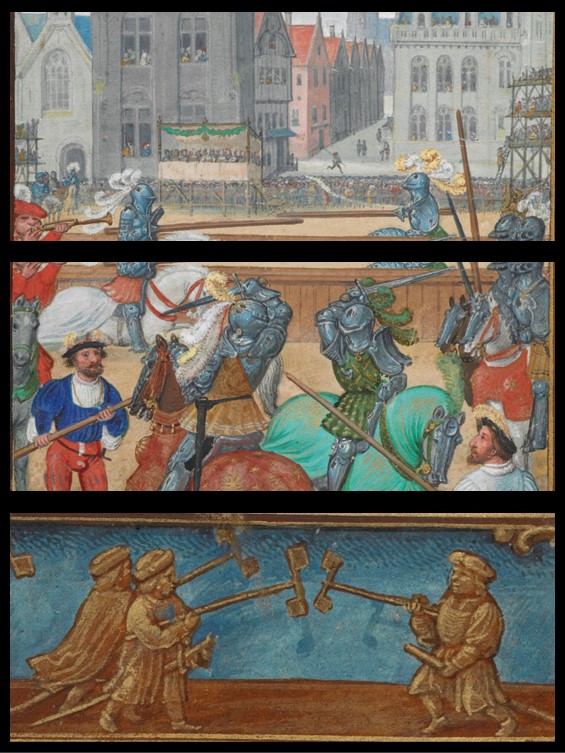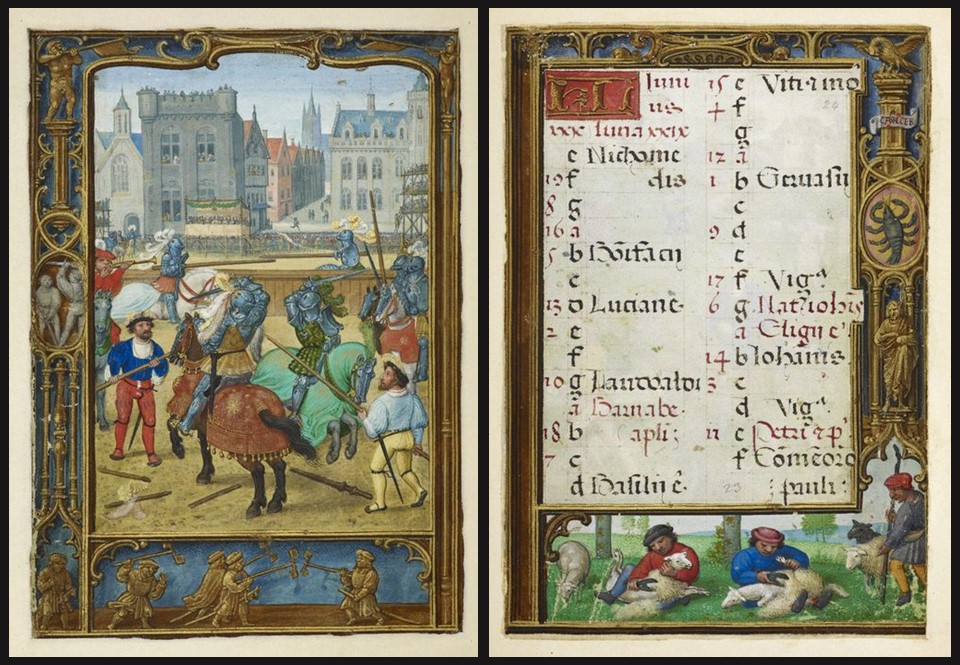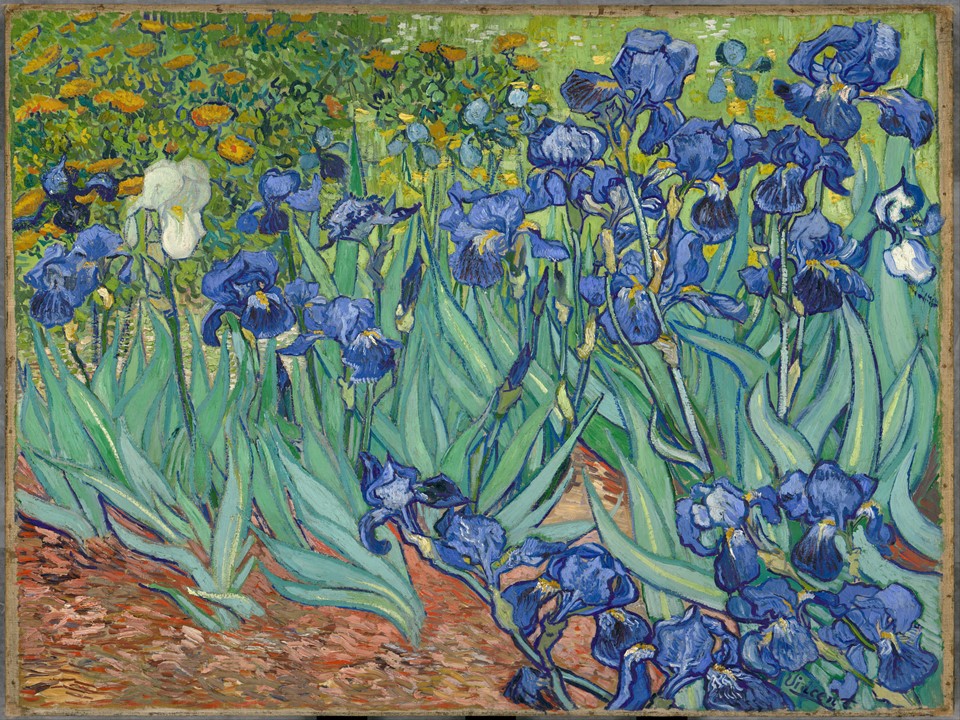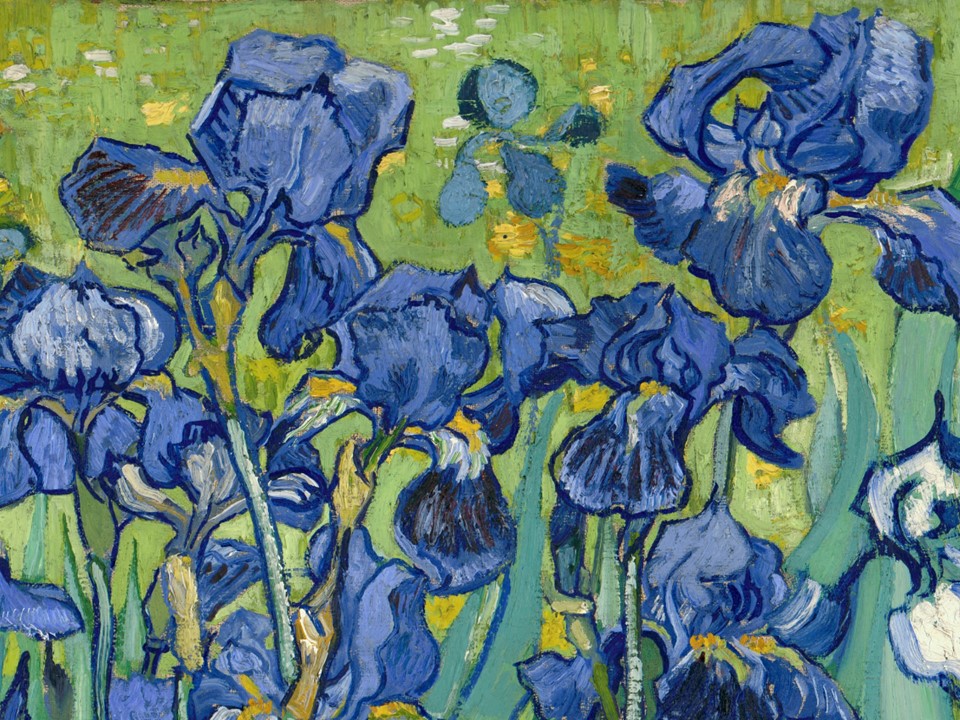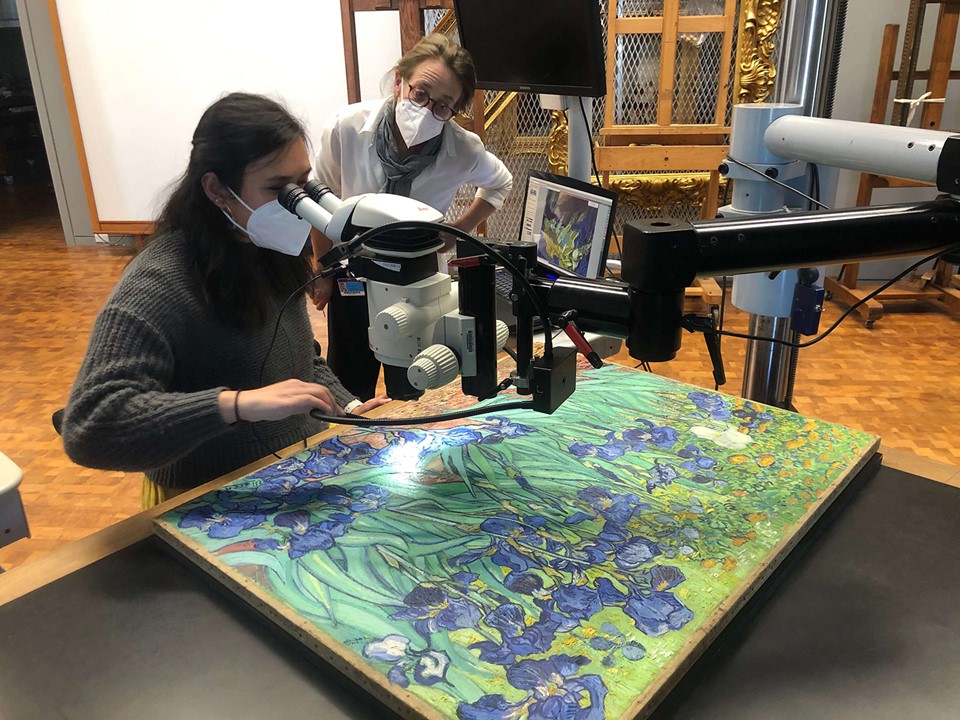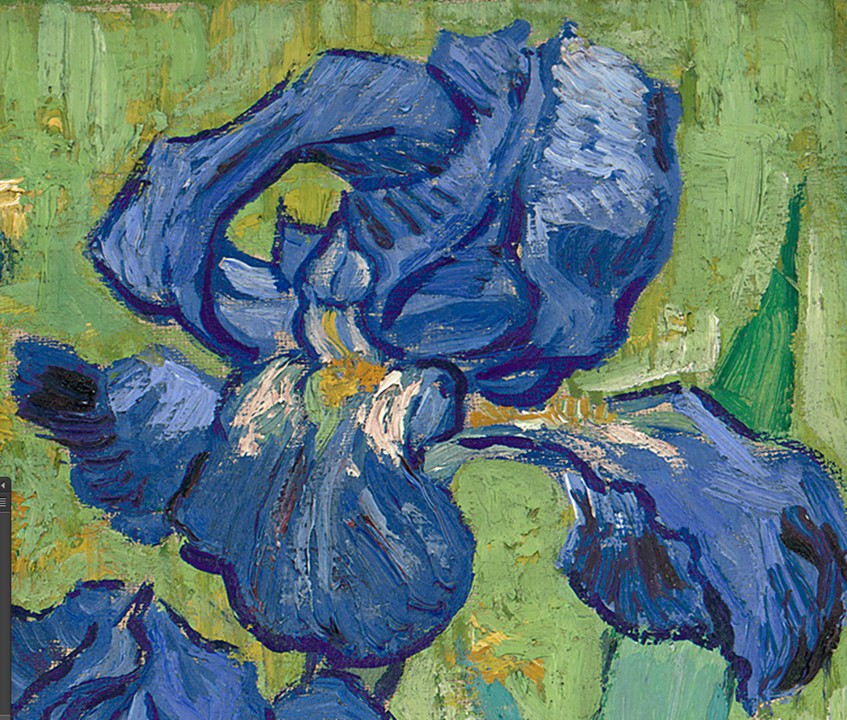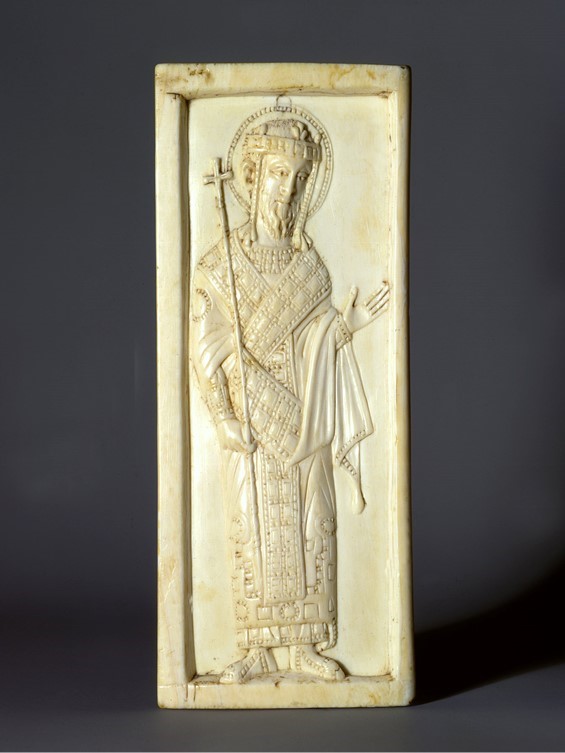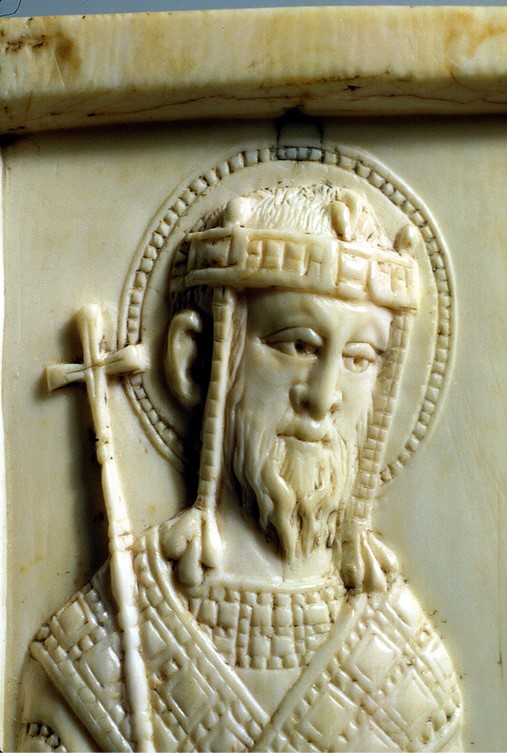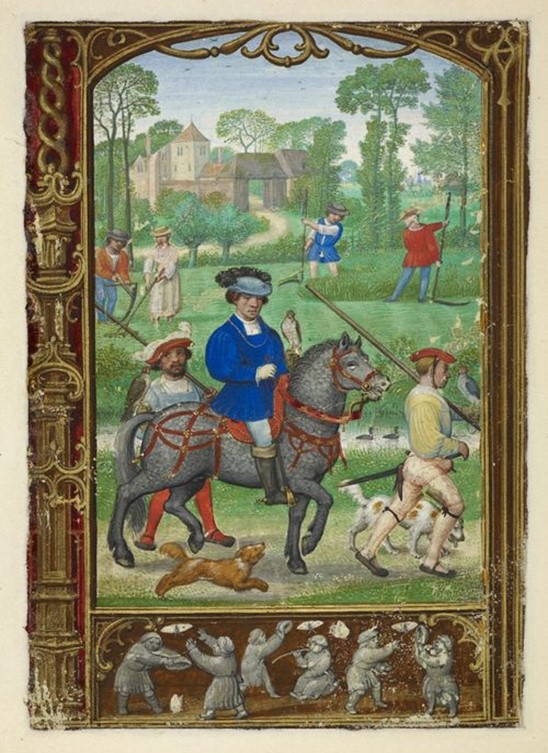
Book of Hours, known as the Golf Book, July (f. 24v),c. 1540, 30 Parchment leaves on paper mounts, bound into a codex, 110 x 80 mm (text space: 85 x 60 mm), British Library, London, UK
https://blogs.bl.uk/digitisedmanuscripts/calendars/page/10/
Simon Bening’s July page presents, in painting, the ancient sport of falconry clearly, with elegance and poise… Rainer Maria Rilke (1875-1926), with his poem Falconry, wonders, and questions… A prince survives by unseen acts. / At night the chief advisor knocked / at Frederick’s workroom in the tower / and found him formulating facts / for treatises on wingèd power / while his penman turned out text. / It was in this aerie room / he’d walked all night with her on arm, / turbulent and barely fledged. / Whatever plans then sprang to mind, / whatever fondness deeply chimed / in recollection he would trash / and tend the frightened and impassioned / thing he wished to understand. / Every night he made a time / for nothing but the young unhandled / animal. It was her staring / inborn mind he’d worked to learn, / so he was lofted with her grace / when she, the bird that nobles praise, / thrown gleaming from his hand (her wingbeats raised / into the heartfelt morning air) / and diving like an angel struck the hern… https://allpoetry.com/Falconry
The Book of Golf pages dedicated to the summer month of July present interesting events in the life of the Flemish Renaissance aristocracy and farming class. The main full-page miniature painting (f. 24v) is dedicated to a popular aristocratic sport, that of hunting with falcons. The miniature, on the other hand, of folio 25recto given to July, is dedicated to farm work, particularly the transportation of hay with a cart. Interestingly, the background painting of folio 24verso is also reserved for farm work. It shows haymakers mowing a lush, green field. http://www.bl.uk/manuscripts/FullDisplay.aspx?ref=Add_MS_24098
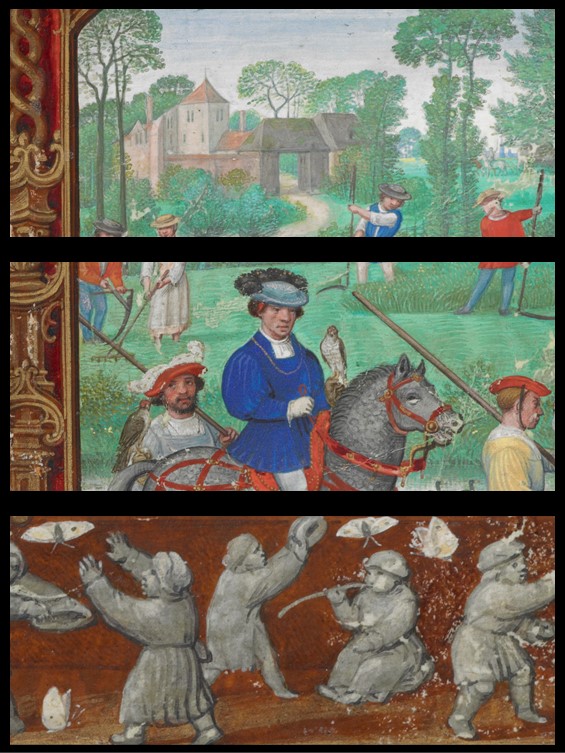
Book of Hours, known as the Golf Book, July (Details, f. 24v and f. 25r), c. 1540, 30 Parchment leaves on paper mounts, bound into a codex, 110 x 80 mm (text space: 85 x 60 mm), British Library, London, UK
http://www.bl.uk/manuscripts/Viewer.aspx?ref=add_ms_24098_fs001r
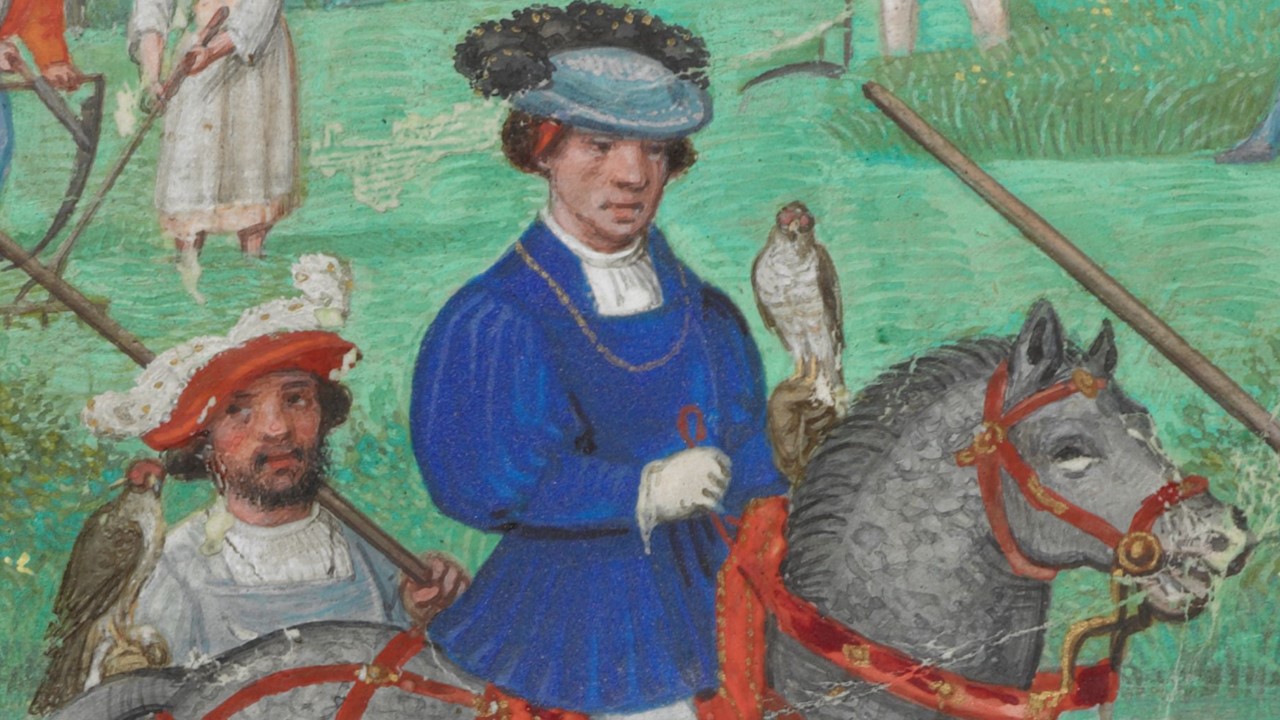
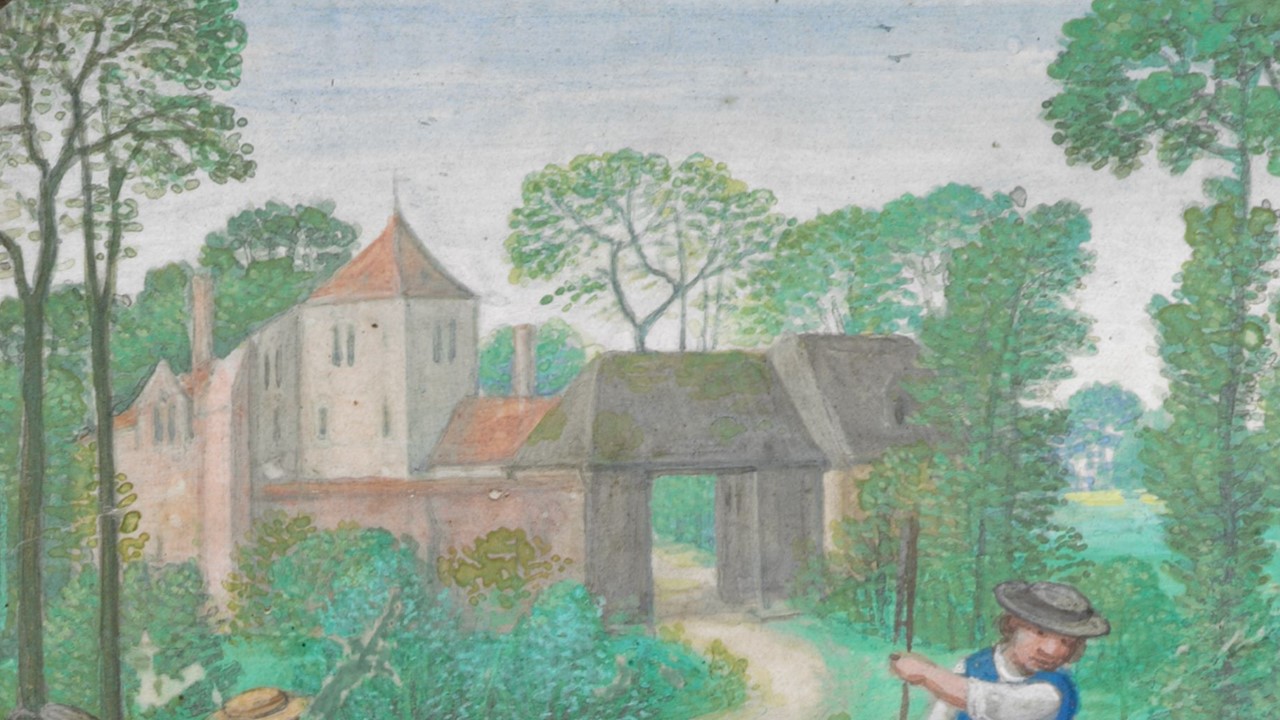
Book of Hours, known as the Golf Book, July (Details, f. 24v), c. 1540, 30 Parchment leaves on paper mounts, bound into a codex, 110 x 80 mm (text space: 85 x 60 mm), British Library, London, UK
http://www.bl.uk/manuscripts/Viewer.aspx?ref=add_ms_24098_fs001r
A nobleman on horseback is the main character in folio 24v of Bening’s Book of Golf. He is depicted with all the characteristics of a Flemish aristocrat. He wears a blue tunic with a square neckline, a high-necked, buttoned shirt underneath, and a noticeable gold chain around his neck. A feathered grey hat stylishly adorns his auburn features. A glove covers his right hand, and a falcon, possibly a peregrine falcon, is perched on the (metal glove) on his left hand. Finally, the aristocrat in Bening’s July page wears full-length hose and ankle boots. He is portrayed mounted on an equally imposing dark-grey stallion practicing falconry, the favourite pastime of the aristocracy. All signs of nobility are present… elegant, and expensive attire, a beautiful horse, and the sport of falconry… here are the status symbols of high social, moral, and financial standing. If this is not enough… the pictured aristocrat is accompanied by two servants carrying falcon’s perches (tall staffs covered in soft fabric for birds to rest upon and for beating bushes and trees to make prey take flight) and also a hooded peregrine falcon and goshawk. https://www.moleiro.com/en/books-of-hours/the-golf-book-book-of-hours/miniatura/5034926fa3d32
I live my life in widening circles / that reach out across the world. / I may not complete this last one / but I give myself to it. / I circle around God, around the primordial tower. / I’ve been circling for thousands of years / and I still don’t know: am I a falcon, / a storm, or a great song? Wonders Rainer Maria Rilke once more… https://onbeing.org/poetry/widening-circles/
For a PowerPoint on the Golf Book, please… Check HERE!
For a Student Activity on Simon Bening’s July page, please… Check HERE!
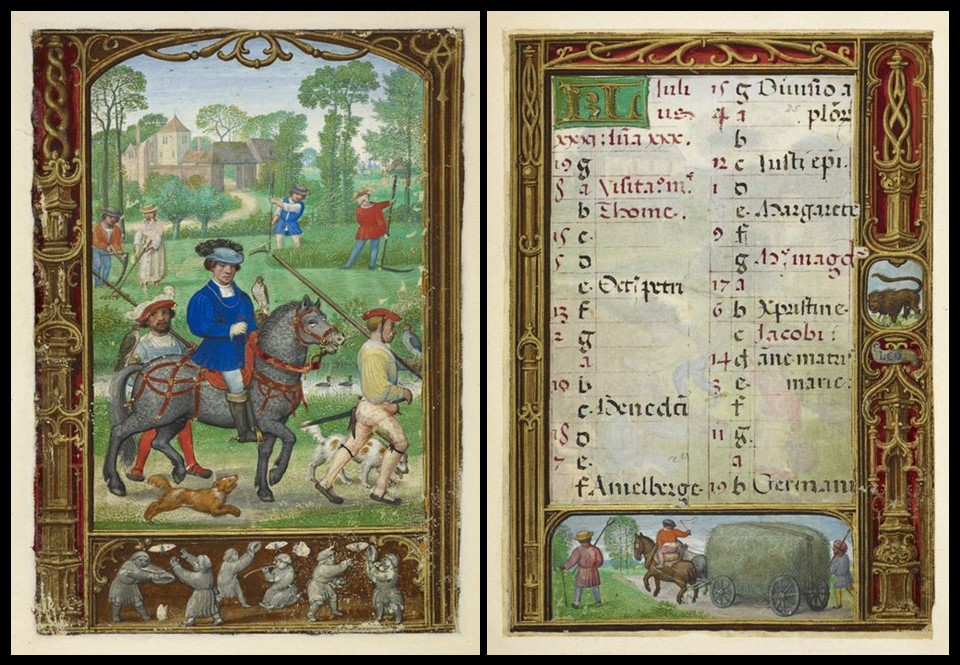
Book of Hours, known as the Golf Book, July (f. 24v and 25r),c. 1540, 30 Parchment leaves on paper mounts, bound into a codex, 110 x 80 mm (text space: 85 x 60 mm), British Library, London, UK
https://blogs.bl.uk/digitisedmanuscripts/calendars/page/10/
